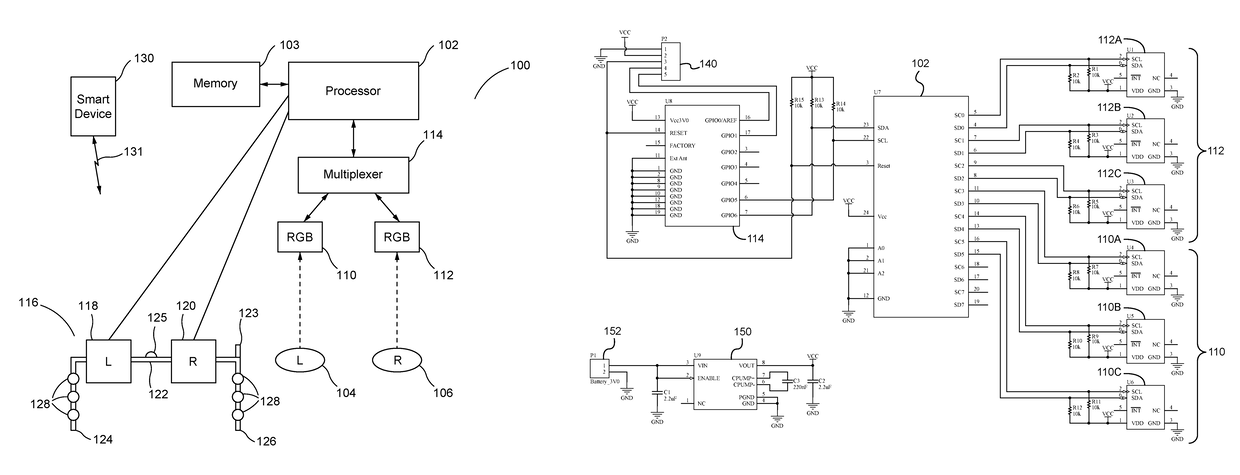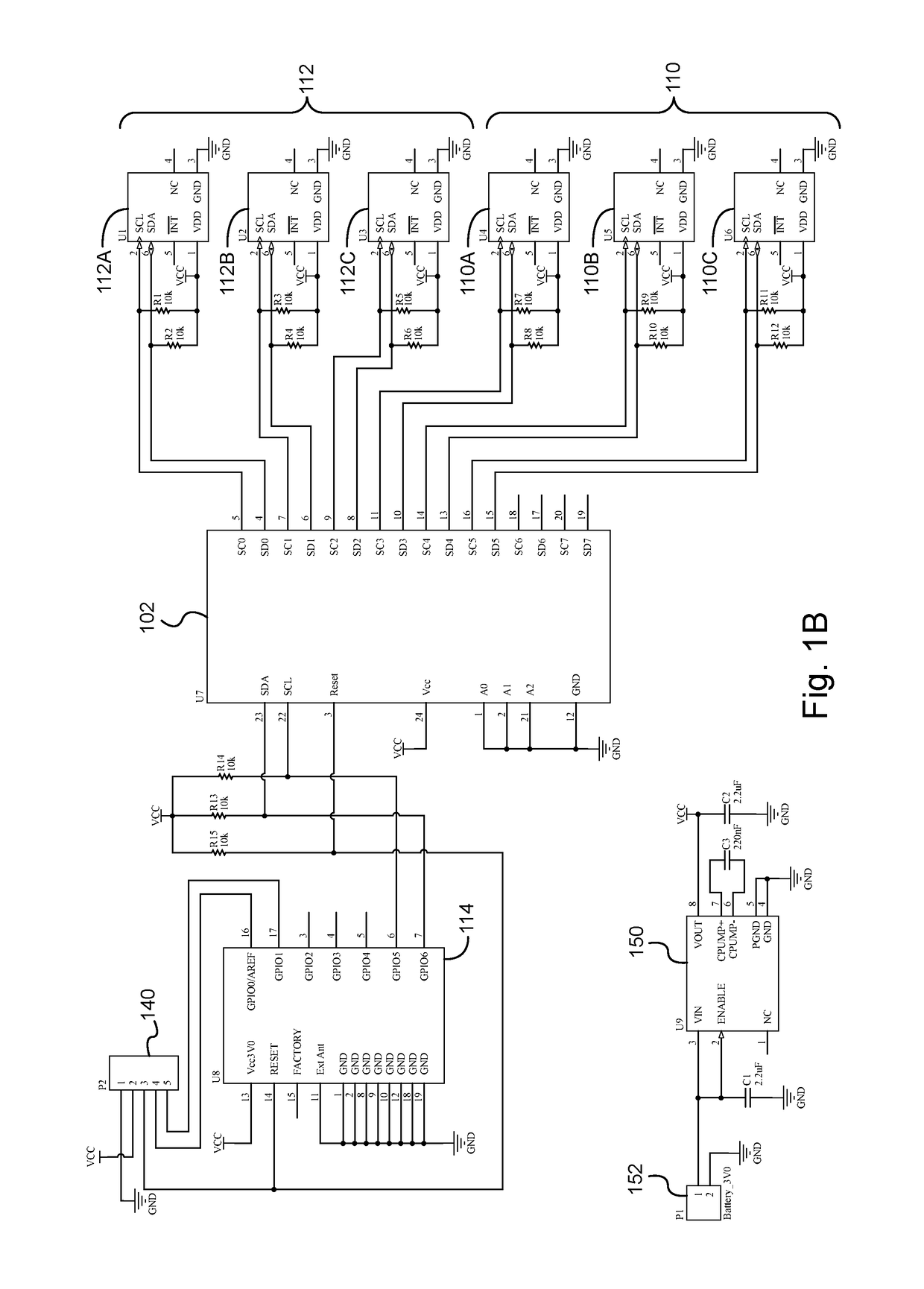System and device for promoting eye alignment
a technology of eye alignment and system, applied in the field of eye alignment promotion, can solve the problems of poor development or atrophy of the pathway, loss or significant decrease of depth perception or limitation of the peripheral visual field, and inability to accurately measure etc., to achieve the effect of correcting the misalignment of the eye, cost-effective, and accurate measurement of the deviation of the ey
- Summary
- Abstract
- Description
- Claims
- Application Information
AI Technical Summary
Benefits of technology
Problems solved by technology
Method used
Image
Examples
Embodiment Construction
[0023]Reference will now be made in detail to specific embodiments of the present invention. Examples of these embodiments are illustrated in the accompanying drawings. While the embodiments will be described in conjunction with the drawings, it will be understood that the following description is not intended to limit the present invention to any one embodiment. On the contrary, the following description is intended to cover alternatives, modifications, and equivalents as may be included within the spirit and scope of the appended claims. Numerous specific details are set forth in order to provide a thorough understanding of the present invention.
[0024]FIG. 1A depicts a system 100 to correct eye alignment according to the disclosed embodiments. System 100 is shown using block diagrams for various components. In a preferred embodiment, system 100 may be implemented entirely on glasses 116. Alternatively, several components may reside outside glasses 116, such as on smart device 130....
PUM
 Login to View More
Login to View More Abstract
Description
Claims
Application Information
 Login to View More
Login to View More - R&D
- Intellectual Property
- Life Sciences
- Materials
- Tech Scout
- Unparalleled Data Quality
- Higher Quality Content
- 60% Fewer Hallucinations
Browse by: Latest US Patents, China's latest patents, Technical Efficacy Thesaurus, Application Domain, Technology Topic, Popular Technical Reports.
© 2025 PatSnap. All rights reserved.Legal|Privacy policy|Modern Slavery Act Transparency Statement|Sitemap|About US| Contact US: help@patsnap.com



